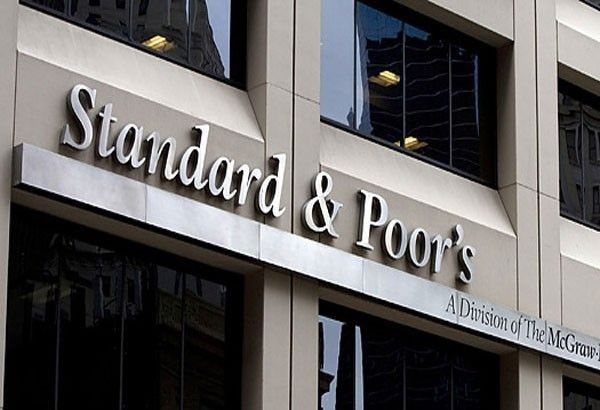S&P cuts Philippine growth forecasts for 2018 until 2021

MANILA, Philippines — Global debt watcher S&P Global Ratings slashed its growth forecasts on the Philippine economy for this year until 2021, amid the expected economic slowdown in the Asia-Pacific region that "should extend through 2019" due to weakening global drivers.
In a report dated December 10, the credit rater cut its Philippine growth forecast to 6.2 percent this year from 6.5 percent, below the low end of the government’s downwardly revised 6.5-6.9 percent goal.
S&P also trimmed its growth projections for the country to 6.4 percent in 2019 from 6.6 percent, to 6.6 percent in 2020 from 6.8 percent, and to 6.6 percent in 2021 from 6.7 percent. If realized, the estimates would fall below the state’s 7-8 percent growth target for next year until 2022.
“Asia-Pacific is losing steam. One by one, the global growth drivers that gave us the synchronized regional upturn in 2017 have started to fall away,” S&P said.
“First to go was exceptionally easy external financing conditions, led by US dollar interest rates. Second was buoyant demand growth in China as policy tightening rippled through the economy. Most recently, we saw a clear turn in the trade cycle as growth divergence returned among the major economies,” it added.
“It is not a surprise that these growth factors are waning gradually. However, the impact on growth has been larger than we had expected.”
Stubbornly high inflation and surging borrowing costs have already weighed on consumer spending, which has traditionally been the driving force behind growth in the Philippines, and crimped economic expansion to a three-year low of 6.1 percent in the third quarter.
But some economists said government spending should provide some support to the economy as the Duterte administration’s massive public infrastructure program progresses.
“The Philippines saw rapid pass-through of oil prices and a weaker currency to inflation, adding to tax effects and weather events, which led to a one-off jump in prices of a number of items,” S&P noted.
“We believe the risk of further capital outflows, depreciation pressures, and rising interest rates remain for economies with current account deficits in 2019,” it added. “As such, we will also be watching the potential for policy space in... the Philippines to deteriorate further, especially if this coincides with renewed oil price increases.”
The Philippines holds a “BBB” rating — a notch above minimum investment grade — with a “positive” outlook from S&P since April.
In the November issue of its Asia-Pacific Economic Snapshots report, S&P had said it maintained its “strong” outlook for “domestically driven medium-term growth in the Philippines, despite key headwinds in the short term.”
“Consumption growth will stay low relative to recent history due to inflation, while the rollout of some non-crucial infrastructure projects will be slower as the government tries to rein in the current account deficit,” it added.
FROM BUSINESSWORLD: Spending growth to slow — S&P
— Ian Nicolas Cigaral
- Latest
- Trending































